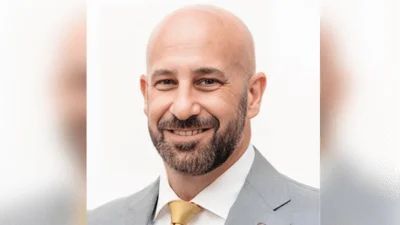MMAC's K-12 Education Agenda: Improving student outcomes by investing in quality schools | Flickr by Mikel Agirregabiria
MMAC's K-12 Education Agenda: Improving student outcomes by investing in quality schools | Flickr by Mikel Agirregabiria
Less than 15% of the city’s K-12 public school students will earn a two- or four-year college degree after graduation. The top ten high demand jobs in metro Milwaukee have 40,000 openings. The lack of qualifying education hampers individual prosperity, which in turn helps to perpetuate racial disparities through a generation-spanning cycle of poverty.
More than 25 years ago, stagnating K-12 educational outcomes for low-income students in the city led MMAC to the position that families should have the resources to choose where their children were educated.MMAC’s advocacy helped to establish new law that provides public funding for students enrolling in independent public charter schools, or in private schools enrolled in the Milwaukee Parental Choice Program (MPCP). This change gave rise to more quality schools serving low-income students.Today, Milwaukee parents enroll almost half of all students (45,000) in independent charter or private schools with public funding support. More than 80% of these students are attending charter or privateschools rated as “meeting or exceeding expectations” on the State’s report card. By contrast only 60% of MPS students are in similarly rated schools (pre- COVID data).
Parent choice has led to improving student outcomes, but it has also led to an enrollment decline in MPS from 90,000 students in 2007 to 58,000 in 2022.While this document profiles disturbing trends in the city’s K-12 educational outcomes, it also provides recommendations for strengthening quality schools and improving student outcomes.The top recommendation is to increase funding for parent choice. Parents choosing to send their children to independent public charter schools, or private schools in the MPCP program are receiving funding that is $5,000-$6,000 less per pupil than MPS. This funding gap is not only a significant inequity, but it threatens the ability of schools to provide a quality education.We are asking schools to climb a Mt. Everest sized challenge, to serve disadvantaged students, and to do so without the oxygen of resources. Some will make it, most will not.
CALL TO ACTION: Focus on all students
Access to a quality K-12 school for all students is MMAC’s goal.
The delivery of a quality education provides a key building block not only for future skill development, but for citizenship. This makes investment in K-12 education a foundational role of government as the benefits are both individual and societal.
Beyond the tragic loss of life from COVID, the most lasting impact will come from the loss of learning that occurred as young students were disconnected from this K-12 education. We can use this crisis to reaffirm a commitment to the equitable delivery of quality education, and to remind ourselves why we support parents having choice in where they educate their children.
We have the opportunity of a significant state surplus, proven quality schools, and engaged parents to make the investment needed to raise student achievement and overcome the impact of the pandemic. At the top of that list of investments is providing per pupil funding that substantially closes the $5,000-$6,000 per student funding gap for independent charter and private schools in the MPCP program. We ignore this opportunity at the peril to both the individual getting an education, and the society in which they will contribute.
Now is that crisis, now is that opportunity, and now is that time.
Original source can be found here.






 Alerts Sign-up
Alerts Sign-up